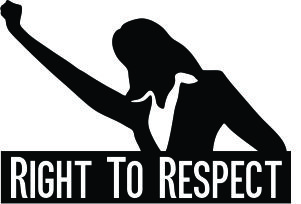Discrimination isn’t the only type of workplace harassment men and women have to be aware of. Learn how to identify workplace harassment.
There’s a whole range of behaviors that can be considered workplace harassment and can create a hostile work environment. That’s why it’s important to be able to identify workplace harassment.
It’s important to be proactive and learn about what actions and behaviors might constitute harassment under law in your state. Learn to recognize the signs of harassment so that you can take swift action to either end the harassment or to file a complaint.
Better identify workplace harassment with these examples:
- Offensive remarks
- Sexual Innuendos
- Jokes that are offensive or sexual in nature
- Inappropriate casual conversations
- Deliberately excluding a person from critical information
- Posting inappropriate imagery in the office
- Vulgar clothing
- Inappropriate touching
- Unwanted sexual advances
- Repeated public or private shouting
- Sabotaging a person’s work
Signs You’ve Been Suffering
Maybe you haven’t even realized you’ve been harassed at work. Maybe you’ve grown used to it and it didn’t register in your mind even though you constantly talk to your family or your closest friends about how stressful and awful work has been. Maybe it’s making you physically and emotionally ill.
The Wrong Way To Feel
Sometimes men and women may feel that they deserve to be treated this way. Maybe they think they’ve done something wrong at work or something that provoked another person. This does not excuse other peoples’ behaviors. It’s important to acknowledge and try to stop this type of thinking and these feelings of guilt.
Tips To End The Harassment
You can try speaking (in writing, preferably email so there’s a record) to the harasser and telling them what action of behavior they keep taking against you and how they need to stop immediately. It’s important to remain calm and confident in these situations.
If the behavior does not stop, take your complaint to your supervisor. If your supervisor is the harasser, take your complaint to the Human Resources department and formally file a complaint. They will conduct an investigation into the matter.
It’s important to keep a thorough written record of all the behaviors you experienced and when and where they took place. Having witnesses corroborate your experiences in writing is also extremely important.
If H.R. does not find anything and you still experience the harassment, you can take your complaint to an attorney, who can further advice you.
Note: It’s important to try to avoid situations where you may face your harasser alone. Make sure you’re always around others.















Comments